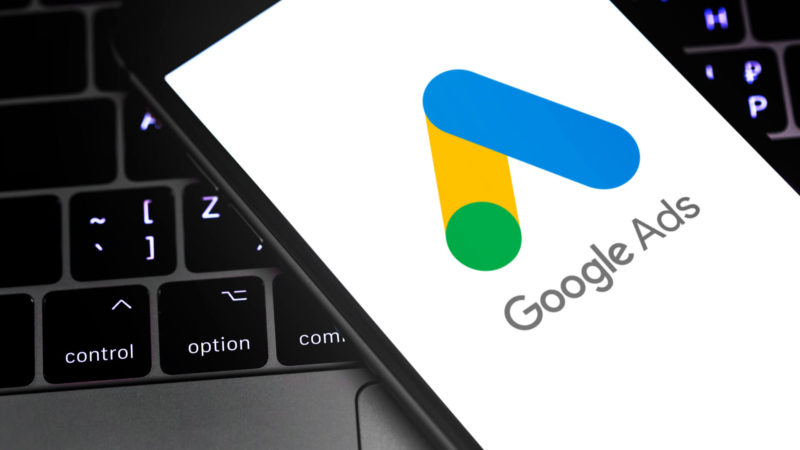Google Ads to show ads in the top ads position, also in the bottom ads position

Google will now allow relevant Search ads from advertisers who showed amongst top ads to also participate in the bottom ads auction. As a reminder, the definition of top ads changed about a year ago, as Google began mixing ads in various organic positions throughout the search results.
With this change, Google also reminded us that it updated its unfair ads policy (i.e. double serving) to say this is not double serving. Google added the words, “in a single ad location,” as an exception to the policy last March after Google was caught double serving ads under its old definition.
What Google said. Google wrote:
Today, we’re sharing more about a recent change we made to deliver more relevant Search ads at the bottom of the search results page. When someone searches on Google, we run different auctions for each ad location where we show Search ads—for example top ads are selected by a different Search ad auction from ads that show in other ad locations. Until now, Search ads from a given advertiser were generally restricted to a single ad location on a given page.
Recently, we started looking deeply at the user experience with ads lower down the page and observed something interesting. Often, users would scroll past the top results to review content lower down the page, but then scroll back up if they found top results more relevant relative to content further below.
To help reduce this friction and improve ad relevance lower down the page, we will now allow relevant Search ads from advertisers who showed amongst top ads to also participate in the bottom ads auction. This means a user scrolling lower down the page might see a highly relevant ad from the same advertiser, but not necessarily the exact same content they saw earlier.
We tested this for several months and found that allowing advertisers who showed amongst top ads to also compete in the bottom auction increased rates of highly relevant ads by about 10%1 and increased bottom ad conversions by about 14%2, improving both the user experience and advertiser value lower down the page.
Google’s FAQ. Google also posted a Q&A on these changes:
1. Is Google Ads changing its policy around double serving for Search Ads?
No. The unfair advantage policy for Search ads applies to ads that compete with each other to show in a single ad location and we recently updated our language to make this clearer. With this change, we are allowing advertisers who show up in the top ad location to also be eligible for ad locations further down the page. However, within a single ad location (either top or bottom), we will continue to apply and enforce the existing policy.
2. How will this change affect the Search ads auction?
With this change, we will now allow relevant Search ads from advertisers who showed amongst top ads to also participate in the bottom ads auction. There are no changes to the auction that we run for top ads. Advertisers will continue to never bid against themselves with this change either in the top or bottom auction.
3. Will the same ad always appear at both the top and bottom of the search results?
No. We show the most relevant Search ad for each specific placement on the Search results page, whether it’s at the top or the bottom. The specific ad content shown to the user may be similar or different from the top to best suit the context of the bottom placement.
4. Does this change loosen query matching or ad load constraints?
No, our query matching systems and controls remain the same, as do our guidelines around the number of top ads we show on the page. This change is solely focused on the bottom of the page.
5. How can I understand the impact of this change?
This change, which will provide more opportunities for relevant Search ads at the bottom of the page, may impact your overall metrics. To understand the impact on your campaigns, we recommend that you segment your metrics by “Top vs. other” if you’re interested in understanding performance for different ad locations. The search terms report will continue to show query-level clicks, whether your ads are clicked on in top or bottom locations.
6. How do I best prepare for this change?
Since this update provides more opportunities for relevant Search ads to be seen, ensure your keywords, ad copy, and landing pages are well-themed with what users are searching for. As more opportunities become available at the bottom of the page, you will likely see higher conversion volume at your current targets. We recommend using bid simulator tools to explore potential performance changes and adjust your bids or targets strategically.
Why we care. Google has been testing various changes to ad positions within its search results for the past couple of years. Google has been happy with the results of those tests and thus continues to allow the same or similar ad, from the same advertiser, in multiple ad locations throughout the search results.
I believe many advertisers are happy about this new policy but some may not be. Either way, you need to be aware of these newish Google Ads rules.






Recent Comments